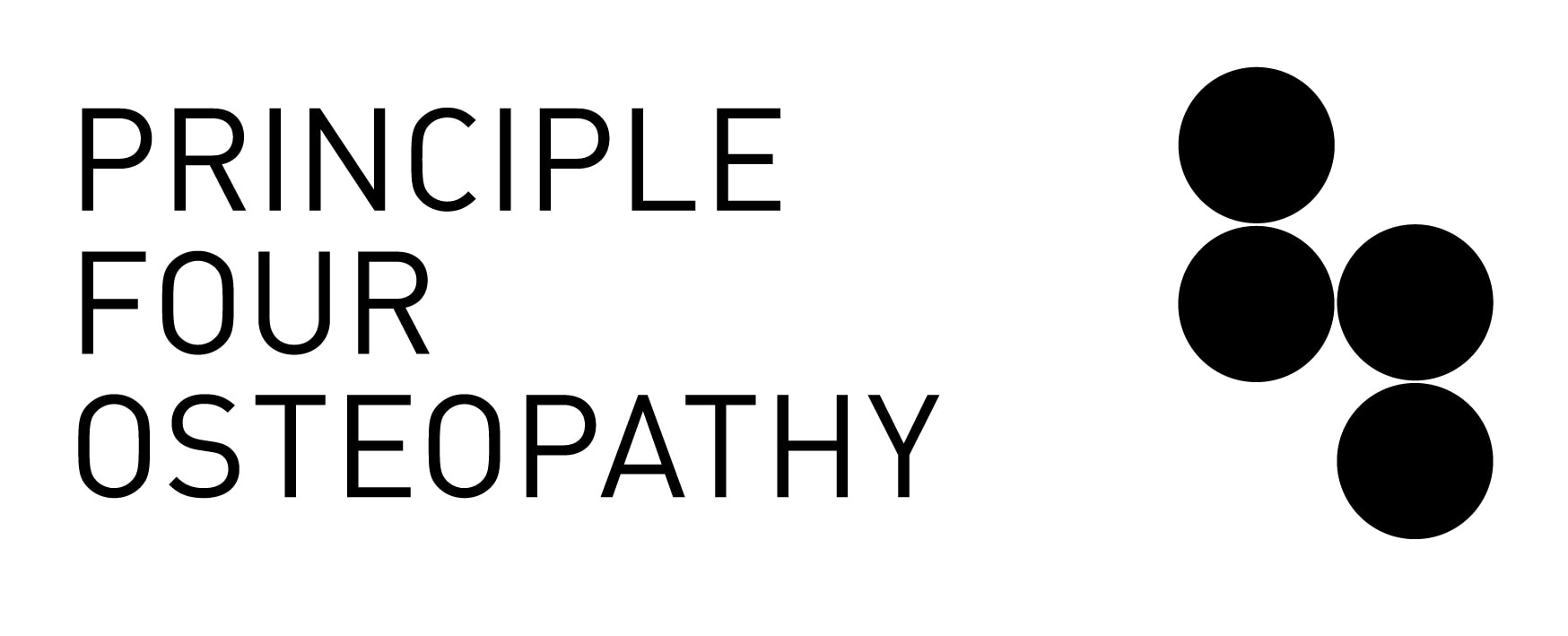Driving is something that the majority of us do on a day to day basis, yet many of us simply get into a car without a thought for our driving posture and how this could be either causing or contributing to the aggravation of our musculoskeletal complaints. Almost every new car these days is built with various adjustable features, the most common ones being the chair back tilt, chair base position, lumbar support, head support and steering wheel. Probably some of the more common issues that I have observed with patients is their lack of understanding of what constitutes good seated driving posture and how a poor driving posture will be effecting their condition.
Common conditions aggravated by poor driving postures include:
- Neck pain
- Shoulder pain
- Lower back pain
- Sciatica
- Upper limb pain
- Knee pain
Something that many of us do is share our car with partners or children and because of this, we often forget to adjust it to suit their specific needs. What this means is that we are forced to adapt to the car environment rather than adjust the car environment to suit our specific needs. For the person who only has to drive 10 – 15 minutes a day this may not be a big issue. However, for the person who is driving 30 minutes and more a day, this means that we are putting our body in a position that may result in musculoskeletal strains and sprains.
Personally I find it very interesting to observe drivers posture to see whether they looked relaxed and calm or uncomfortable and tense. Often I will see drivers looking very tense and with poor seated posture and I often suspect that they individuals may complain of neck and shoulder tension, headaches and back or leg pain. There are a variety of different postures that people adopt when in the car. Some of the more common ones are represented in the image below. This image was sourced from
https://www.autopressnews.com/2006/2006csm/m05/ebaymotors/safe_driving.shtml.
Common driving postures
No doubt you can probably relate to all or some of these postures, having adopted them yourself or seen others adopt these. For some of us, we adopt these postures on a daily basis and depending on how long we spend driving each day, this may result in neck, shoulder, back or leg pain.
Where to start with correcting ones driving posture
The vehicle ergonomics and best practice guide recommends the following when trying to establish good seated posture. Start with the initial set up position, where adjustable:
- Steering wheel fully up and fully forward
- Seat height at its lowest
- Cushion tilted so that the front edge is in the lowest position
- Back rest approximately 30 degrees reclined from vertical
- Lumbar adjustment backed offSeat fully rearwards
This image was sourced from the vehicle ergonomics and best practice guide. Click
here to read.
Step By Step Guide To Establishing Good Seated Car Posture
1. Raise the seat as high as is comfortable to improve your vision of the road.
- Check that you have adequate clearance from the roof.
- Ensure you have maximum vision of the road
2. Move the seat forwards until you can easily fully depress the clutch pedal and the accelerator pedal.
- Adjust the seat height as necessary to give good pedal control.
3. Adjust the cushion tilt angle so that the thighs are supported along the length of the cushion.
- Avoid pressure behind the knee.
4. Adjust the backrest so that it provides continuous support along the back to the shoulder.
- Avoid reclining the seat too far backwards as this can cause excess forward bending of the neck and head.
5. Adjust the lumbar support to provide support in the lumbar spine.
- Ensure the lumbar supports fits the back and that it is comfortable.
6. Adjust the steering wheel rearwards and downwards for easy reach.
- Check for clearance with thighs and knees when using the pedals.
- Ensure the display panel is in full view.
7. Adjust the head piece of the chair to provide comfort and support.
8. Adjust the rear view and side mirrors so that they can be used without straining the neck.
Check out the image below that represents good seated driving posture.

This image was sourced from www.pixelclique.net.
Tips to reduce your risk of developing musculoskeletal aches and pains from driving
- Take a break every couple of hours and more frequently if you have any specific complaints
- Make small adjustments to your driving position regularly
- Try and set up your seated car ergonomics to best suit your specific needs
- Make sure you get out of the car as regularly as possible and carry out stretches
This blog was written by Osteopath Heath Williams. Heath is the director of Principle Four Osteopathy and Corporate Work Health Australia. Principle Four Osteopathy is one of Melbourne City CBD 3000 leading Osteopathic clinics. The clinic is located in the heart of the Melbourne CBD at 29 Somerset Place (near the corner of Little Bourke & Elizabeth St). Appointments can be made by calling 03 9670 9290 or booking online @ www.principlefourosteopathy.com.
Corporate Work Health Australia is a nationwide Occupational Health & Safety Company that provides ergonomic and manual handling consulting, risk assessments and training. All of our trainers and assessors are registered osteopaths and physiotherapists. To find out more about our services, please go to www.corporateworkhealth.com.
